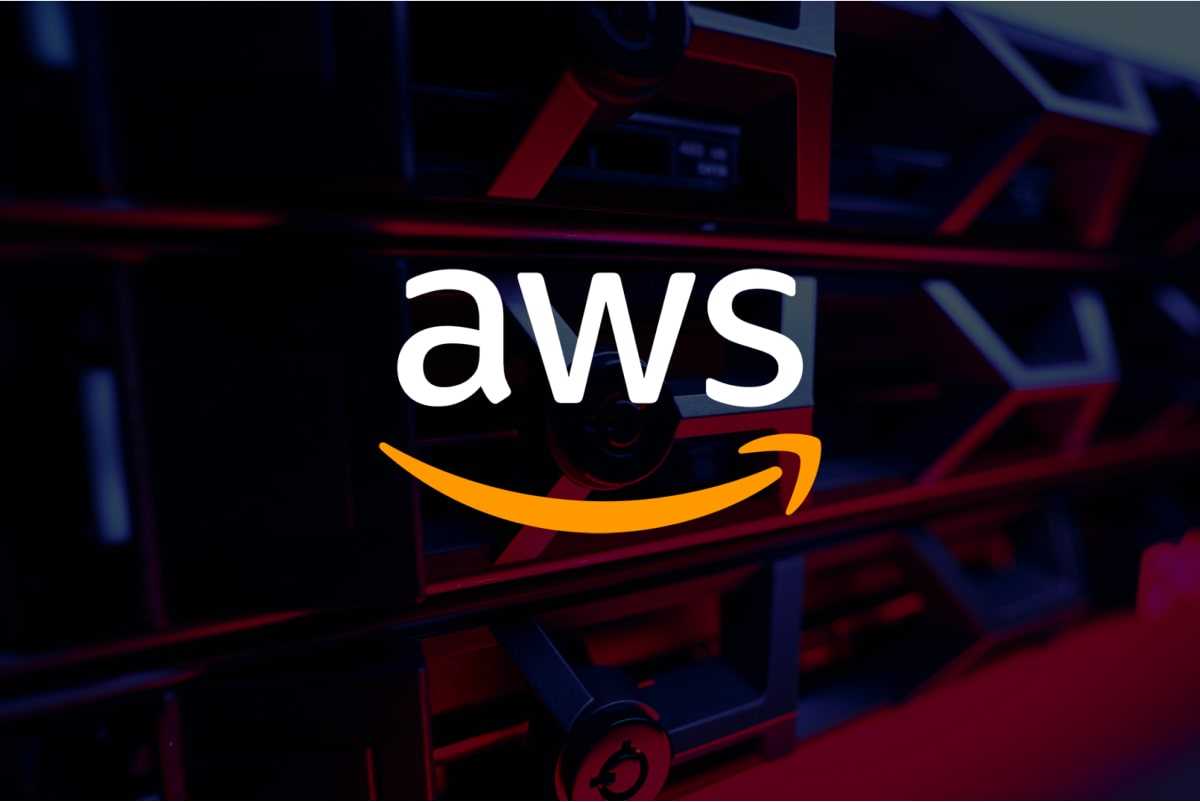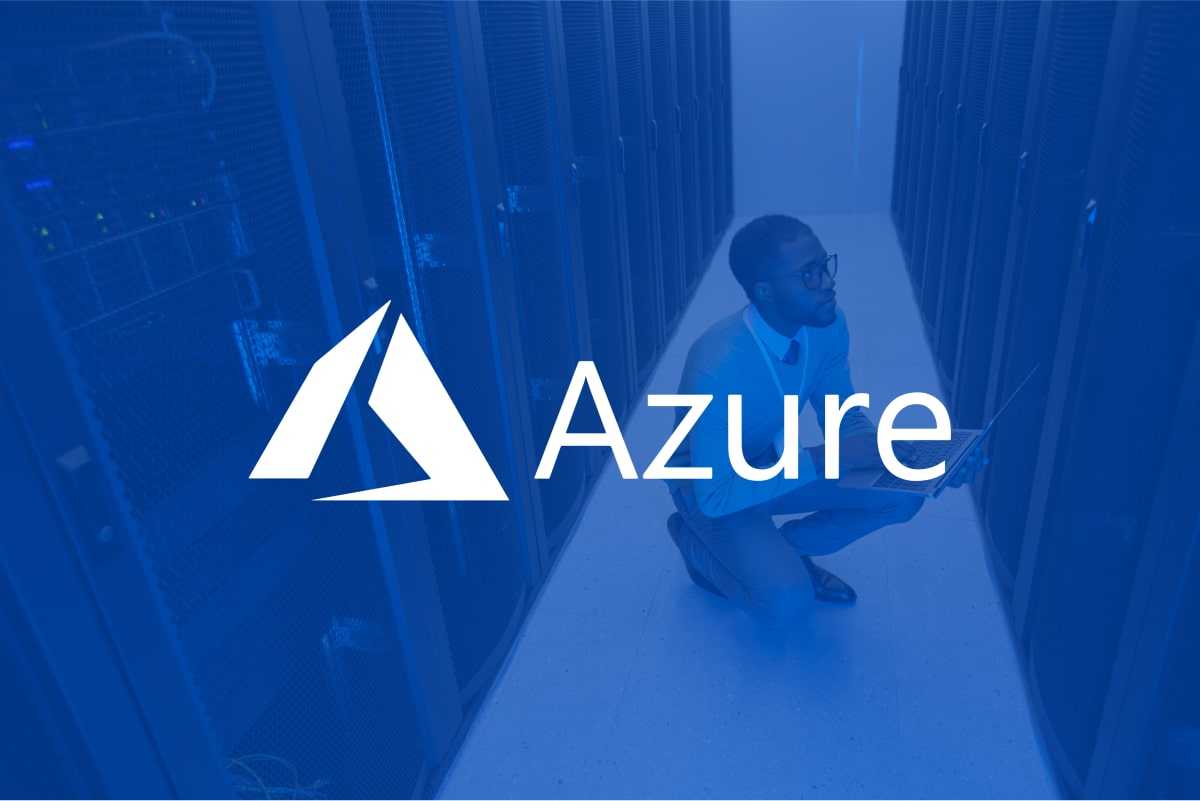The battle of the clouds: AWS vs. Azure
by Joana Eltjona Ymeraj

November 15, 2021
If you are looking to choose a cloud platform that can help you easily get started with learning cloud computing, then it’s extremely important to familiarize yourself with the leading cloud service providers before deciding to get started with a career in cloud computing.
The biggest providers of cloud computing are of course, Amazon Web Services and , so let’s take a look at what they both offer and help you decide which one is the best for you.Firstly, both AWS and Azure are solid performers with a success rate of almost 99% of the use cases, so choosing between Azure and AWS usually becomes a business decision and mainly depends on your organisation.Looking at the figures, we can see that AWS continues to lead the worldwide market share in public cloud services with 33%, followed by Azure with 20%.
Both AWS and Azure offer almost the same basic capabilities around flexible computing, storage, networking, and pricing.
Both of them share the elements of a public cloud, such as autoscaling, pay-as-u-go pricing, security, self-service, compliance, identity access control, and fast provisioning are all available.
AWS is the largest cloud-based computing platform, including over a million clients, 100,000 Weather-Forecasting Computer Cores, 2 million servers, and $10 billion in yearly sales. AWS owns 40% of the cloud market share already, which is more than the share of its three biggest competitors together.
It’s the most experienced and oldest player in the market, with 11 years in operation, and it provides an extensive list of services and functions from mobile networking to deployments, deep learning, and other topics.
Meanwhile, growing with more than 120K customers per month, Azure is on the verge of dominating cloud services, with 5 million organizations using its Azure Active directory, 4 million developers registered with the visual studio team services, and 40% of its revenue generated from start-ups and ISVs.
Regarding computing, AWS’s primary solution is its EC2 instances, which provide scalable computing on-demand that can be customized. It also provides different services, such as the EC2 container service, AWS Lambda, Elastic Beanstalk, and Autoscaling for app deployment.
On the other hand, Azure’s computing is based on s with other tools such as Cloud Services and Resource Manager, which help deploy applications on the cloud, but when you compare the cost, Azure gets costlier as the size increases. When you consider that for 256GB RAM and 64vPCU, AWS will charge you $3.20/hour, whereas Azure will charge you about $6.76/hour.
Another key functionality of cloud service providers has to do with their storage capability. Running all these services in the cloud involves data processing that will need to be saved at some point. AWS storage services are the longest-running in the market. However, Azure’s storage capabilities are also highly reliable and a great choice.
Meanwhile, for VM-based volumes, Azure uses temporary storage and page blobs.
Its Block Storage option is very similar to S3 in AWS. Azure offers you two classes of storage -Hot and Cool. Cool storage is less expensive than the Hot one, but you have to consider the additional read and write costs.
With increasing competition amongst cloud service providers, there has been a continued downward trend in prices for quite some time now. Both providers offer free introductory tiers with restricted usage limits and allow users to try their services before buying them. In addition, AWS provides users with a pay-as-you-go model that charges per hour during Azure’s pricing model charges per minute, so AWS can help you save more; hence the more you use, the less you pay.
Azure and AWS both provide users with database services, regardless of whether they need a relational database or a NoSQL.
Amazon’s RDS (Relational Database Service ) and Microsoft’s equivalent SQL Server database are highly durable and provide users with automatic replication.
Azure also supports NoSQL, relational databases, and Big Data through Azure HDInsight and Azure table. Additionally, Azure provides users with analytical products and its exclusive Cortana Intelligence Suite that comes with Spark, Hadoop, Storm, and HBase.
We’ve tried to show some light on the AWS vs. Azure debate in this article. There is no clear winner in this battle as organizations can choose the most attractive features from these cloud service providers to enable their multi-cloud strategy. Companies that need high availability and resilience should consider multiple-data center hosting.
To sum up, comparing Azure and AWS is an extremely difficult task, as both continue to launch new pricing structures, new products, and new integrations that improve their products. So, in the end, the decision to choose either of the platforms depends on the needs of the organizations

Both AWS and Azure offer almost the same basic capabilities around flexible computing, storage, networking, and pricing.
Both of them share the elements of a public cloud, such as autoscaling, pay-as-u-go pricing, security, self-service, compliance, identity access control, and fast provisioning are all available.
AWS is the largest cloud-based computing platform, including over a million clients, 100,000 Weather-Forecasting Computer Cores, 2 million servers, and $10 billion in yearly sales. AWS owns 40% of the cloud market share already, which is more than the share of its three biggest competitors together.
It’s the most experienced and oldest player in the market, with 11 years in operation, and it provides an extensive list of services and functions from mobile networking to deployments, deep learning, and other topics.
